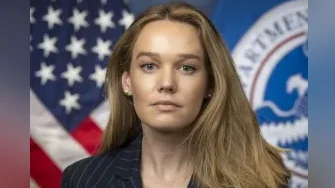Focus At End of Technological Transition is on People On the eve of an historic technological transition to digital television, the focus for the two federal agencies managing the switch is on helping Americans who are at risk of losing their TV signals.
The digital TV (DTV) transition began over two decades ago as engineers set an ambitious technological goal: moving broadcast television into the digital age. Efficient digital technology would provide consumers with a better picture and sound and more channels, while at the same time clearing valuable airwaves to meet the explosive demand for advanced wireless services, including first-responder radio.
The transition also had a policy goal: to make the switch with as little disruption to the public as possible. That’s why the Federal Communications Commission and the Commerce Department’s National Telecommunications and Information Administration are intently focused on making sure as few people as possible lose access to the valuable news, information and entertainment programming they count on.
Just as the transition is an unprecedented engineering feat, it also involves an unprecedented community outreach effort by the agencies to households most affected by the transition. Those households include low-income families, senior citizens, minority and non-English speaking households and people with disabilities.
“In any change this big, there are going to be disruptions,” said FCC Acting Chairman Michael J. Copps. “We are trying our best to provide people, especially those who are most at-risk, with the help they need to make the switch as smoothly as possible. And we’re going to keep offering it after June 12, so people should call us at 1-888-CALL-FCC.” “The nation’s DTV transition is a tremendous undertaking,” said NTIA Acting Administrator Anna M. Gomez. “The overwhelming majority of Americans are prepared, but despite our best efforts, some will lose television service tomorrow. Consumers should know that even after June 12, they can still apply for coupons to help them purchase TV converter boxes.” Outreach and resources offered by the two agencies include:
Source: U.S. Department of Commerce







